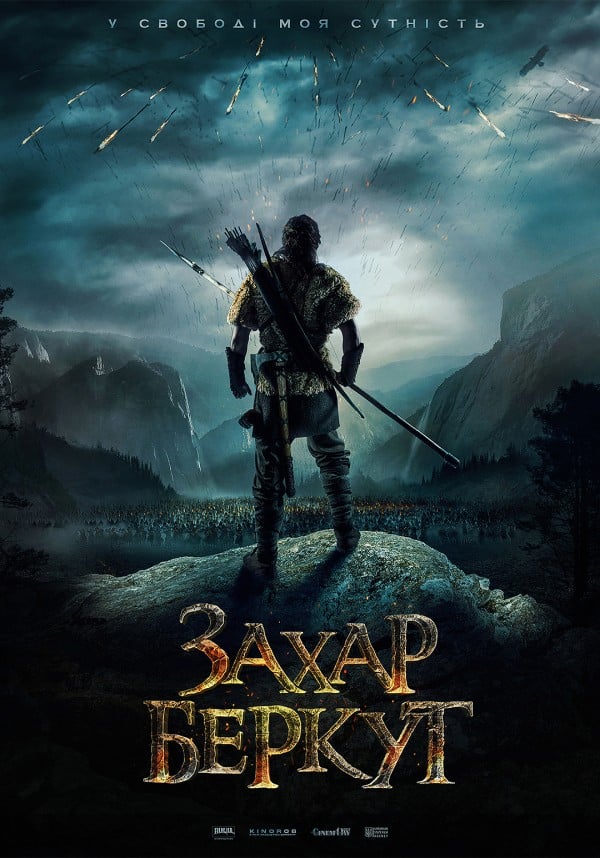Читати книгу - "Genghis Khan and the Making of the Modern World"
Шрифт:
Інтервал:
Добавити в закладку:
As Khubilai incorporated the defeated Sung navy into his own, he acquired the personnel and skills needed to invade the defiant islands. He revitalized and enlarged the Sung navy, and he tried to transform the navy from mere guardians of the coastal and river districts into a bona fide ocean fleet capable of operating on the high seas in both commercial and military enterprises. He turned the Korean Peninsula into a large shipbuilding facility and a military and naval base from which he attempted to conquer Japan. Although the ships were some of the largest in the world of that era, the speed with which they were built compromised their quality. Archaeological evidence reveals shortcuts such as attaching two large stones together to make an anchor rather than carving a single stone and thereby creating a much more stable anchor. The Mongols loaded the ships with food, armor, and ammunition, including large numbers of melon-sized pottery grenades filled with gunpowder and shrapnel to bombard the Japanese defenders.
Khubilai sent several more envoys to persuade the island nation of Japan to submit to Mongol rule, but the military authorities rejected each one. By 1274, Khubilai had assembled an armada of about nine hundred ships to transport an army of twenty-three thousand Korean and Chinese infantry and an unknown number of Mongol horsemen. In November, they sailed out into the treacherous waters that separated Korea from Japan by 110 miles. The Mongols easily captured Tsushima Island about halfway across the strait and then Ika Island closer to Kyushu. The armada sailed into Hakata Bay and landed its forces and animals.
The samurai warriors rode out against the Mongol forces for individual combat, but the Mongols held their formation. As usual, the Mongols fought as a united force, not as individuals. Instead of coming out for duels, the Mongols bombarded the samurai with exploding missiles and showered them in arrows. The Mongols slaughtered the famed Japanese warriors, and the remaining Japanese withdrew from the coastal zone inland to a fortress. The Mongol forces did not chase the fleeing Japanese into an area about which they lacked reliable intelligence. Instead, they left the battlefield victorious but damaged, and they reloaded the men, horses, and supplies on the ship. The plan of the Mongols remains a mystery. Were they going to return the next day to pursue the Japanese? After winning this battle, did they intend to move farther along the coast and attack at another point? Had they been sent as a test probe to assess Japanese reaction and tactics? Were they more badly damaged in the fight than they appeared and therefore sought to retreat?
That night, with all the invaders on their ships, a terrific fall storm blew in across the ocean. The Kamikaze, or Divine Wind, as it was later named by the Japanese, churned up the seas and shattered many of the hurriedly constructed boats against the rocks and shore. In an effort to escape, some thirteen thousand of the invaders died, most by drowning, in the deadly channel that separated them from the safe harbors of Korea. The greatest armada in history had turned into the greatest, but largely bloodless, massacre at sea.
In the mythical explanations that rulers sometimes construct for others but end up believing themselves, Khubilai and his courtiers maintained that the invasion had been a success because the Mongols had defeated the Japanese army in the brief land battle; the subsequent loss of life and destruction of nearly the entire navy seemed less important. So he dispatched envoys back to Japan the following year to demand that the emperor now come in person to the Mongol capital to articulate his submission, after which Khubilai would reinvest him in office as ruler of Japan. The Japanese, equally as convinced that they had won, despite the loss of life on land, rejected the Mongol demands. With new confidence in either themselves or the divine protection of their gods, the Japanese committed the ultimate offense against the Mongols. They executed the envoys by chopping off their heads, spilling their blood, and then displaying the severed heads for public mockery.
Khubilai prepared for another expedition. The Japanese began building a small fleet of ships to fight the invaders on water, and along the shore they erected a stone wall to block the Mongol soldiers and horses from landing. When more delegates arrived from Khubilai in 1279, the Japanese executed them, and both sides prepared for imminent war. This time the Mongols would invade from two directions, with another Korean fleet of about the same size as the first. Following it would come the main fleet from China with 3,500 ships manned by 60,000 sailors to transport 100,000 soldiers; and this time they were coming in summer, instead of sailing in the fall.
At the end of May 1281 the Korean fleet sailed, and despite heavy Japanese resistance, within a few days, they again conquered the island in the channel. Mongol planning at sea, however, was not as accurate and easily executed as on land. The Chinese ships encountered numerous difficulties and delays. The Korean fleet sailed into Hakata Bay expecting to be backed up by their Chinese counterparts from the south, but they never came. The Japanese wall prevented a successful landing, and the invaders remained cramped in their ships in the sweltering heat of June, quickly becoming ill as small epidemics of unknown
!Увага!
Сайт зберігає кукі вашого браузера. Ви зможете в будь-який момент зробити закладку та продовжити читання книги «Genghis Khan and the Making of the Modern World», після закриття браузера.
























